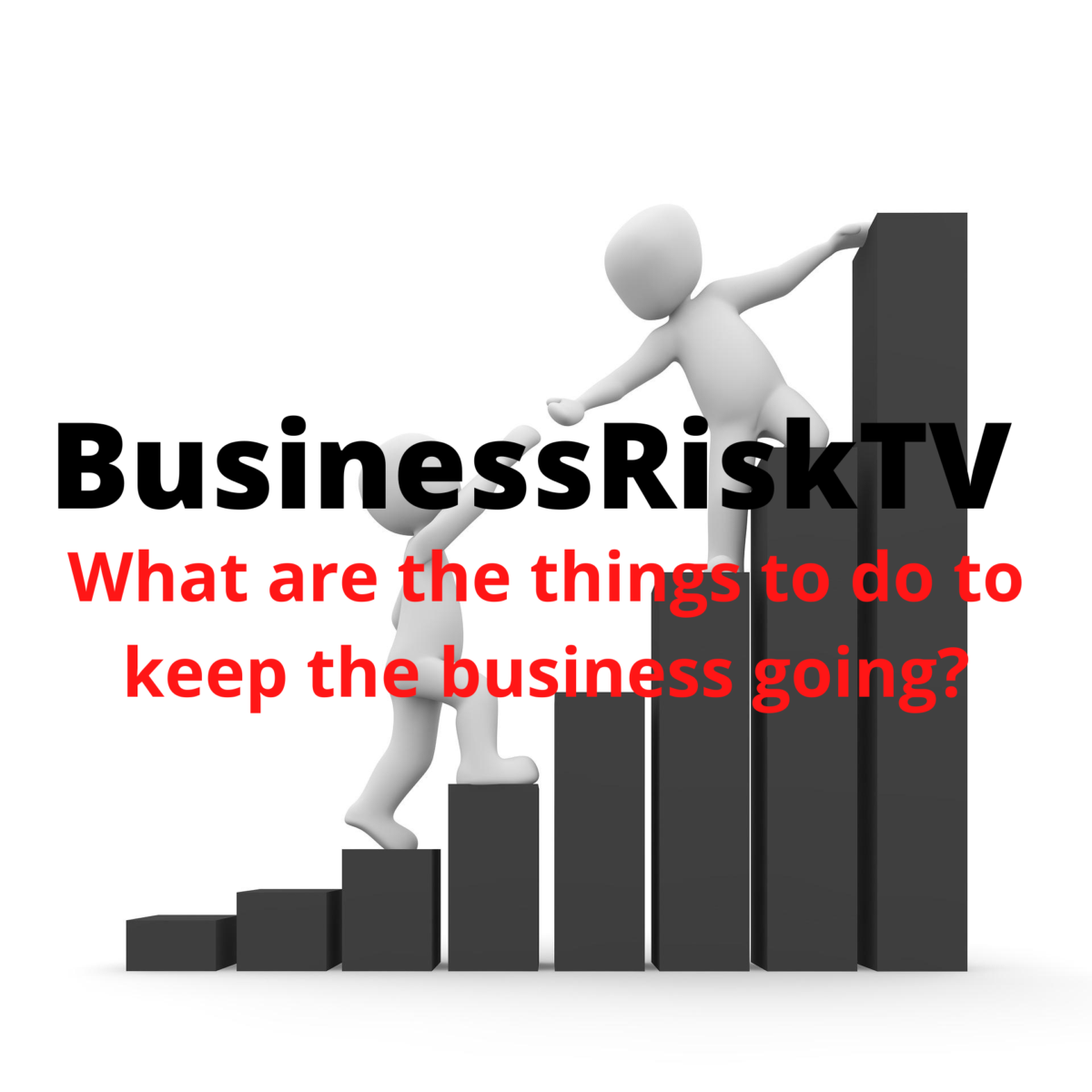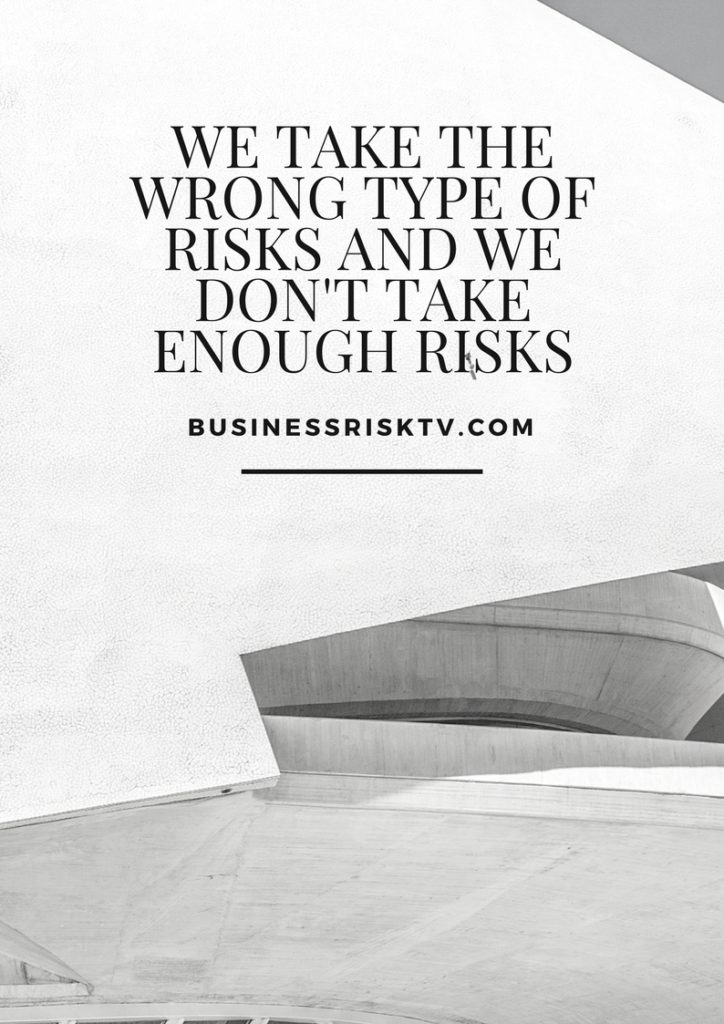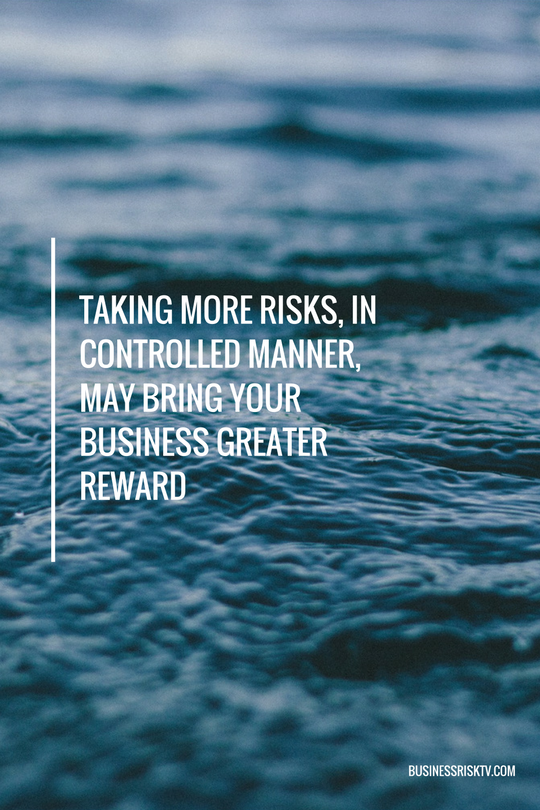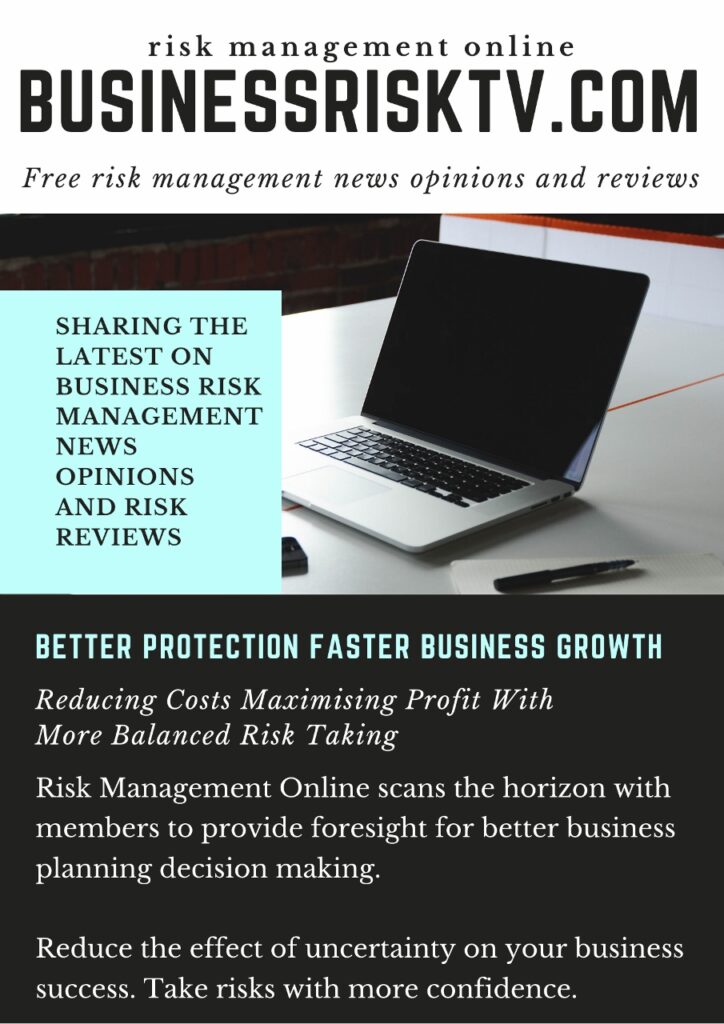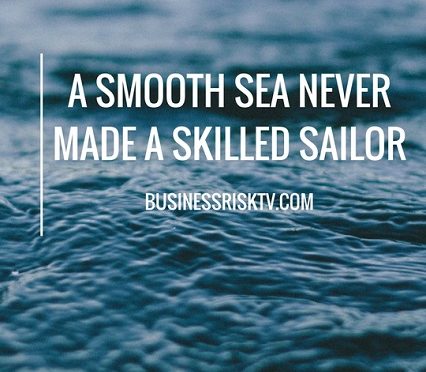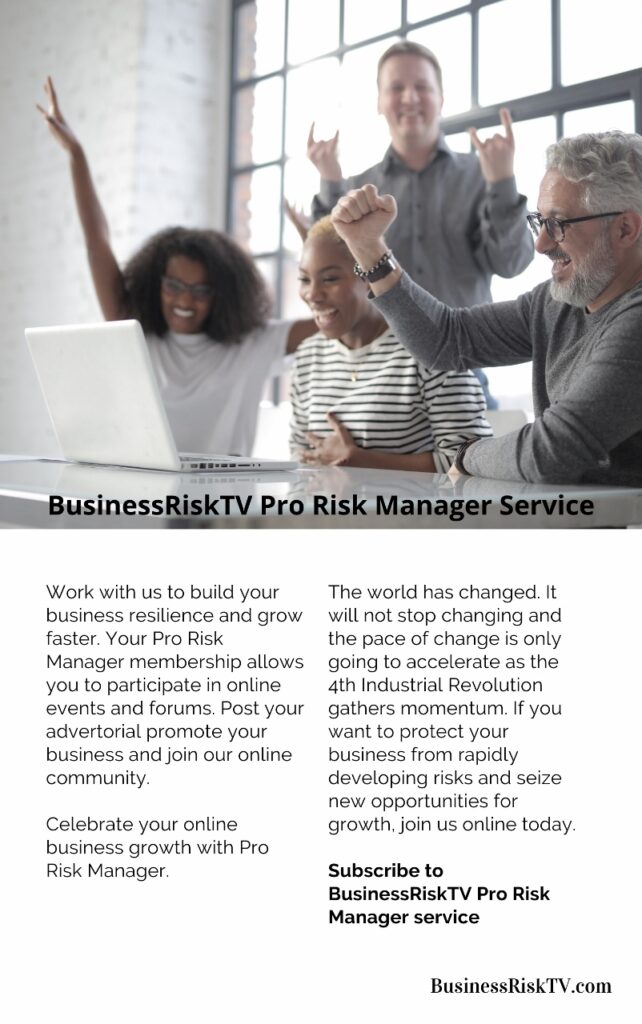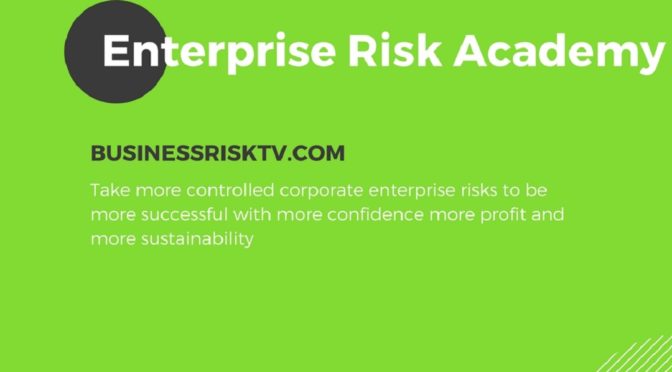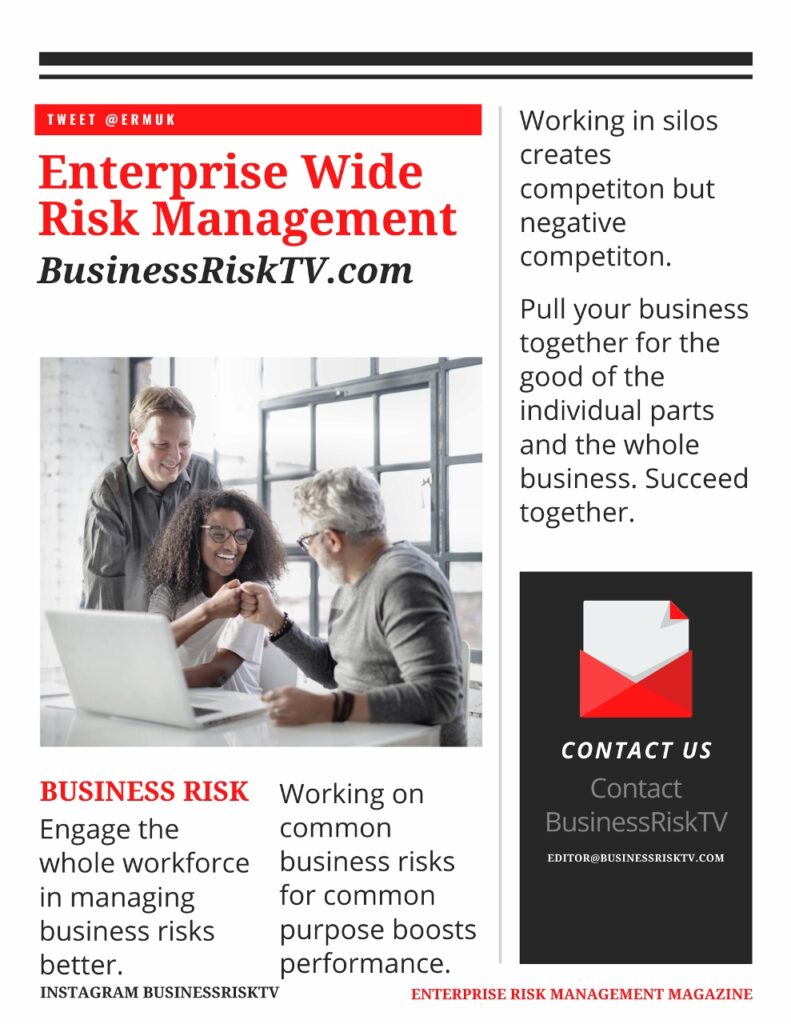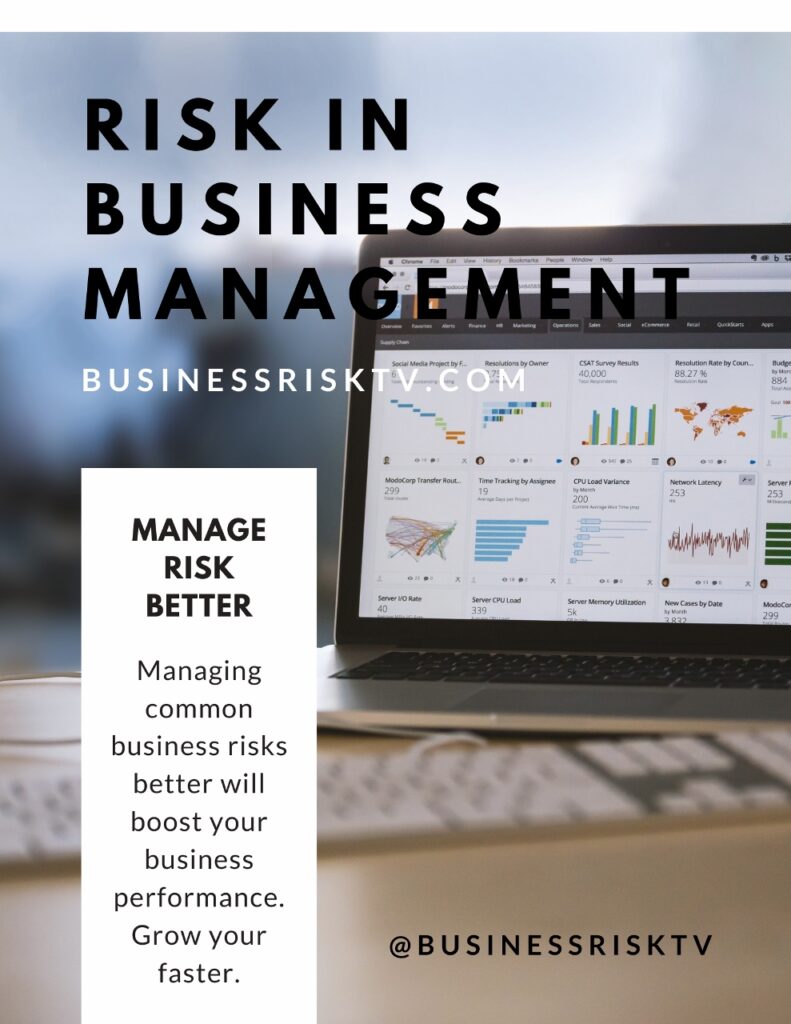Stagnant? Stuck in Neutral? It’s Time to Unleash Your Business Growth Engine (and It Runs on Calculated Risk!)
Imagine this: You’re cruising down the highway, the speedometer needle stuck firmly at 50 mph. The scenery’s pleasant, the sun’s shining… but you’re going nowhere fast. That, unfortunately, describes countless businesses today. They’re comfortable, risk-averse, and ultimately, stagnant.
“The greatest danger for most of us is not that our aim is too high and we miss, but that it is too low and we reach it.” – Michelangelo.
This quote perfectly encapsulates the current state of many enterprises. They’ve built elaborate risk assessment frameworks, meticulously analysing every decision. While caution is admirable, it can also be a paralysing force. The truth is, calculated risks are the fuel that propels businesses to exceptional heights.

Here’s the shocker: a recent study by BusinessRiskTV revealed that 55% of CEOs and business owners surveyed identified a lack of calculated risk-taking as a major barrier to exceeding growth targets.
This begs the question: How do you strike the perfect balance between calculated risk and responsible business management?
Fear not, risk-averse entrepreneur! This article is your roadmap to unlocking the power of calculated risk. We’ll delve into 12 actionable tips that will transform your risk assessment approach, equip you to make bold (yet smart) decisions, and ultimately, propel your business towards explosive growth.
But wait, there’s more! This isn’t just a theoretical exercise. We’ll provide you with real-world examples, industry hacks, and resources to help you implement these strategies today.
So, are you ready to ditch the cruise control and unleash the high-octane engine of calculated risk in your business? Buckle up, because we’re about to take your business growth to the next level!
(P.S.) Want to stay ahead of the curve and immerse yourself in a community of risk-savvy entrepreneurs? Keep reading to discover exclusive access to BusinessRiskTV.com and our game-changing Business Risk Management Club!
12 Tips to Unleash the Power of Calculated Risk
1. Redefine Risk Tolerance
Risk isn’t just about potential losses. It’s also about the potential for extraordinary gains. Reframe your perspective to view risk as an opportunity, not a threat.
- Action Step: Organise a brainstorming session with your team to identify potential risks and rewards associated with a specific project or initiative.
2. Embrace a Growth Mindset
A growth mindset is essential for embracing risk. Believe in your ability to learn, adapt, and overcome challenges.
- Action Step: Read books or listen to podcasts that promote a growth mindset, such as “Mindset” by Carol Dweck.
3. Conduct Thorough Due Diligence
While calculated risks are essential, reckless ones are not. Before making a major decision, conduct thorough research and analysis.
- Action Step: Develop a comprehensive due diligence checklist to ensure you’ve covered all bases before taking on a new venture.
4. Diversify Your Portfolio
Don’t put all your eggs in one basket. Diversify your investments, products, and services to mitigate risk.
- Action Step: Identify areas where you can diversify your business and create a plan to implement these strategies.
5. Build Strong Relationships
A strong network of relationships can provide valuable support, advice, and resources.
- Action Step: Attend industry events, join professional organisations, and connect with other business leaders.
6. Learn from Failure
Failure is an inevitable part of the entrepreneurial journey. Instead of dwelling on setbacks, learn from them and use them as opportunities for growth.
- Action Step: Conduct a post-mortem analysis of past failures to identify lessons learned.
7. Set Clear Goals and Metrics
Clearly defined goals and metrics can help you measure your progress and make data-driven decisions.
- Action Step: Develop a comprehensive business plan that outlines your goals, strategies, and key performance indicators (KPIs).
8. Test and Iterate
Don’t be afraid to experiment and try new things. The key is to test, learn, and iterate.
- Action Step: Implement a culture of experimentation and innovation within your organisation.
9. Seek Expert Advice
Consult with experienced mentors, advisors, and consultants to gain valuable insights and guidance.
- Action Step: Identify a mentor or adviser who can provide you with objective advice and support.
10. Cultivate a Risk-Tolerant Culture
Encourage your team to embrace risk and innovation. Create a culture where failure is seen as a learning opportunity.
- Action Step: Organise team-building activities that promote creativity and risk-taking.
11. Develop a Robust Risk Management Framework
A well-structured risk management framework can help you identify, assess, and mitigate risks.
- Action Step: Create a risk register that outlines potential risks, their impact, and mitigation strategies.
12. Trust Your Gut
While data and analysis are important, sometimes you need to trust your intuition.
- Action Step: Pay attention to your gut feelings and don’t be afraid to make decisions based on instinct.
Ready to take your business to the next level? Join our exclusive community of risk-taking entrepreneurs at BusinessRiskTV.com.
As a member of our Business Risk Management Club, you’ll gain access to:
- Expert Insights: Learn from industry leaders and thought-provoking discussions.
- Networking Opportunities: Connect with like-minded individuals and build strategic partnerships.
- Exclusive Resources: Access valuable tools, templates, and best practices.
- Personalised Coaching: Receive tailored advice and support from experienced mentors.
Don’t let fear hold you back. Embrace risk, seize opportunities, and achieve extraordinary results.
Sign up for our risk management newsletter, attend our upcoming webinar, or join our community
Email editor@businessrisktv.com
- x @ERMuk
- LinkedIn Business Development Ideas
- Instagram @BusinessRiskTV
- Facebook @BusinessRiskTV
- TikTok @BusinessRiskTV
- Pinterest @BusinessRiskTV
- YouTube @BusinessRiskTV
- Patreon @BusinessRiskTV

Get help to protect and grow your business faster more cost-effectively with BusinessRiskTV
Find out more about Business Risk Management Corporate Membership
Subscribe for free risk management improvement tips reviews and exclusive deals
Read more business risk management articles and watch videos for free
Taking Calculated Risks In Business
Relevant tags:
- #CalculatedRisk
- #BusinessGrowth
- #RiskManagement
- #Entrepreneurship
- #ThoughtLeadership
Read more:
- overcoming business risk aversion strategies
- calculated risk taking for business growth
- benefits of embracing risk in entrepreneurship
- developing a risk tolerance framework for businesses
- how to build a risk-taking culture in your company
Business Growth Strategy | Business Transformation





